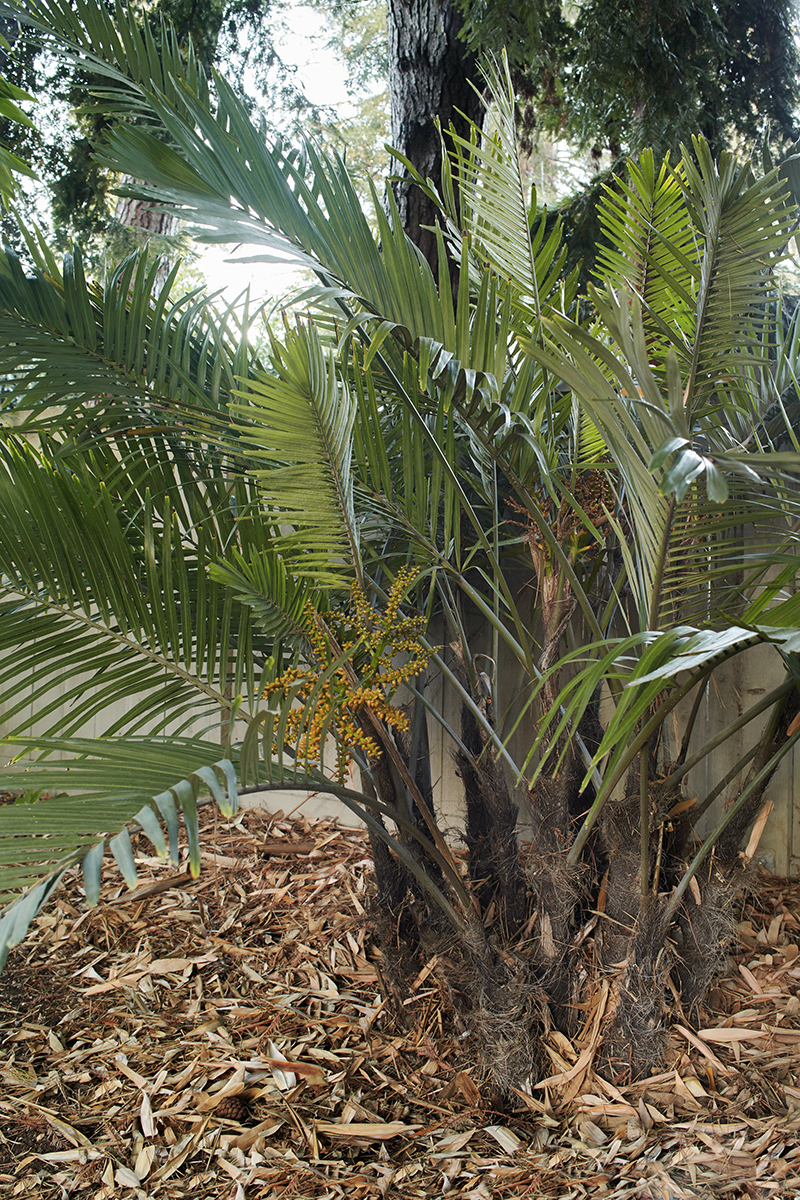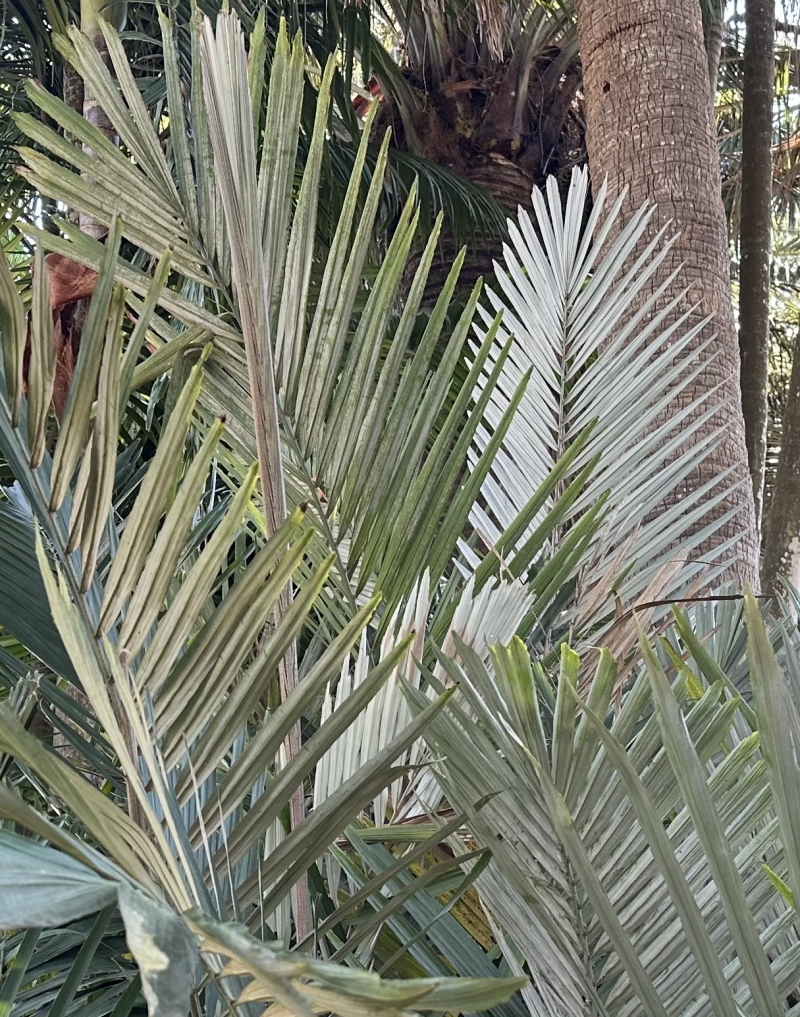


| height | 5–12ft | |
| width | 6–14ft | |
| tolerates | Coast, Cold, Heat, Pots | |
| water needs |
Moderate | |
| water info |
Water regularly and deeply when the top layer of soil is dry (down to an inch or so) to establish over several years and then every week or two during dry months. Prefers good drainage. | |
| hardy to |
20F | |
| exposure | Part Sun – Full Sun | |
| indoor outdoor |
Outdoor | |
| drainage | In Ground: Cactus Mix, In Pots: Cactus Mix, Tolerates Sandy Soil | |
| fertilizing | Fish Emulsion, Palm Fertilizer | |
| origin | Taiwan | |
| california native |
No | |
| sunset zones |
9, 12–16, 18–H2 |
Full Sun
Six or more hours of sun beams directly landing on the plant's leaves.
Part Shade
Three to five hours of sun beams directly landing on the plant's leaves.
Part Sun
One to two hours of sun beams directly landing on the plants leaves.
Full Shade
The plant is never fully lit by sun beams,
but is in a bright spot or has dappled sunbeams playing over the leaves throughout the day.
Deep Shade
The plant never has dappled light on the leaves, and is in a place that feels dim, even on a nice sunny day.
